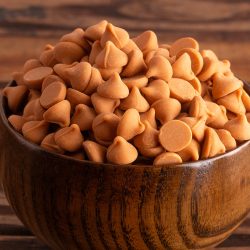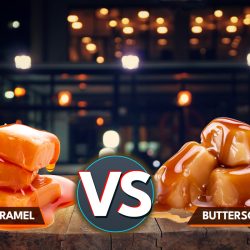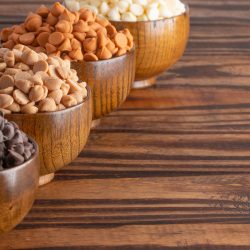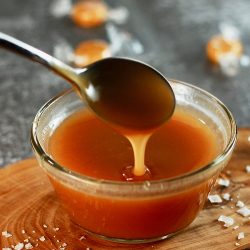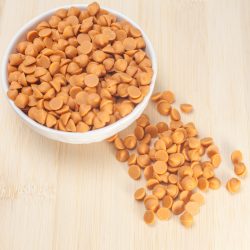Realizing the dessert you just spent hours making is not the quality you expected can be devastating. For example, did you take your butterscotch pie out of the oven only to notice it's super runny? What usually causes a butterscotch pie to be so runny? Can you fix this?
Luckily, we've done plenty of research into this topic and have the answers/solutions below!
If your butterscotch pie is runny after baking, the butter and cream in your recipe are likely to blame. Generally, when you use high-moisture butter or low-fat, watery cream for your butterscotch, that can cause a runny texture.
To solve this problem, place your pie back into the oven and let the excess moisture evaporate. Of course, not for too long, or your pie may overcook/burn.
As we start this article, we will cover all things baking butterscotch pie and figure out why yours is runny. Whether you're a new baker, consider yourself a pro, or need other tips and tricks, we're here to help. With that said, let's dive right into this topic!
![Butterscotch Pie With Delicious Meringue, Why Is My Butterscotch Pie Runny [& Possible Fixes!]](https://kitchenseer.com/wp-content/uploads/2022/12/Butterscotch-Pie-With-Delicious-Meringue-Why-Is-My-Butterscotch-Pie-Runny-Possible-Fixes.png)
Why Is My Butterscotch Pie Runny?
If you make a butterscotch pie only to find it looks and tastes runny: blame the moisture inside. A runny pie of any flavor usually has ingredients with too much water content.
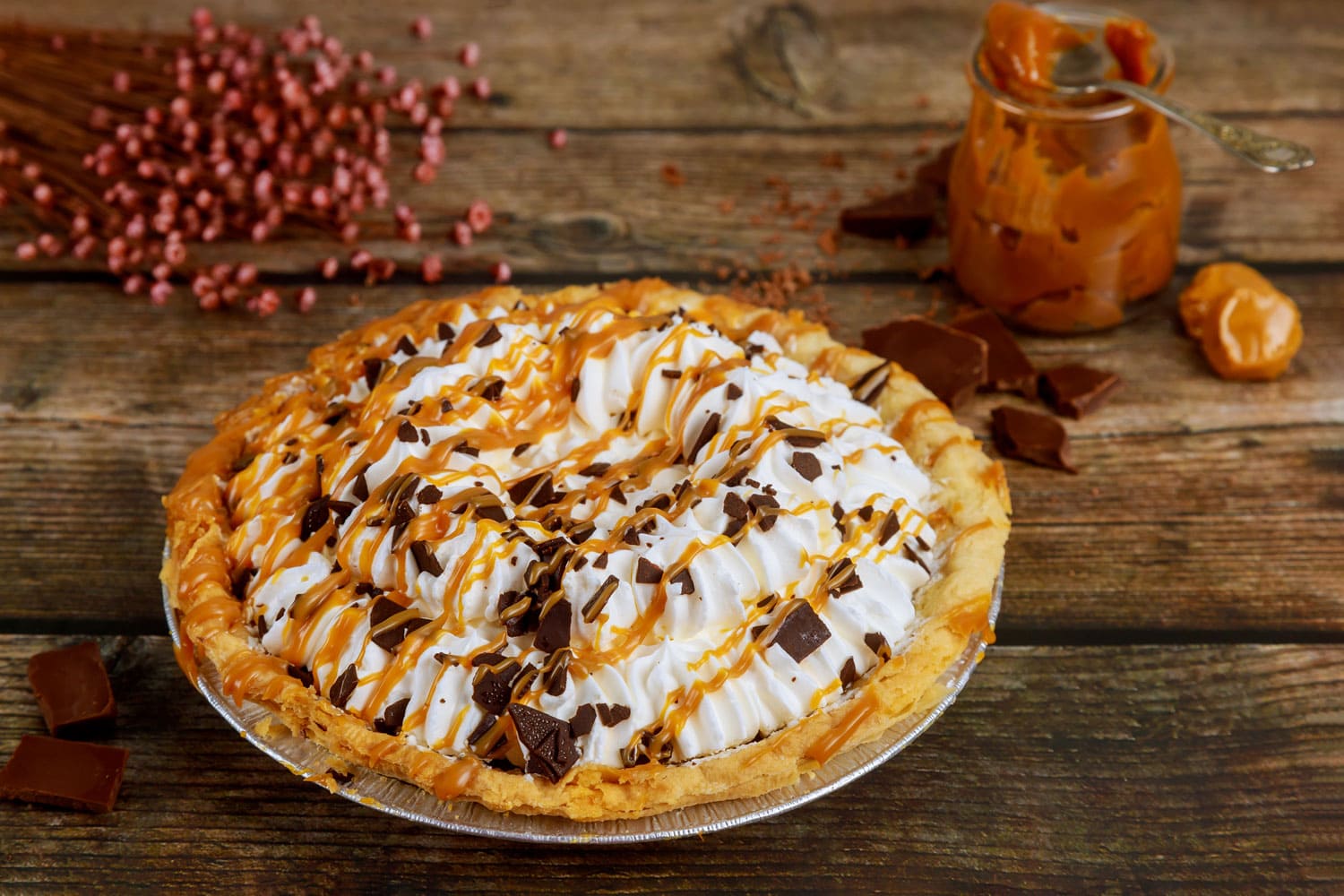
As we mentioned, the cream and butter typically cause runniness in butterscotch pie recipes, so finding a happy balance can be confusing. However, you should be able to fix this by placing your runny pie into the oven for an extra ten or so minutes.
Specifically, many experts claim that high-moisture butter and low-fat cream together in a butterscotch pie can wreak havoc on its consistency.
That's because low-fat cream tends to be less thick than regular options, giving it a watery texture. Furthermore, if the butter in your pie is high-moisture, that can counteract with the low-fat cream to make a low-quality dessert.
Butterscotch can be a tricky sauce/filling to make for pie, so you need to ensure the texture isn't too watery before pouring it into the crust. Nobody likes wet pie!
Can You Fix A Runny Butterscotch Pie?
Yes! If your butterscotch pie is less-than-stellar, you can pop it back into the oven. Remember, when your butterscotch custard/filling is made using watery ingredients, that can cause a final texture emergency.
Therefore, placing your pie back into the oven for a short time will help that moisture evaporate. According to Lemon Blossoms, one cause of a runny butterscotch pie is not enough cornstarch in the filling.
Although you can't necessarily add cornstarch to an already-baked pie, this is useful information for the next time you attempt this recipe. And, of course, as we said earlier, your cream and butter will also need to be less fluid and more firm to ensure a non-runny final product.
Back to the oven, we recommend about 10-15 more minutes inside, depending on how baked your butterscotch pie is. Even though this is a quick and easy fix to runny desserts: you don't want to burn your pie.
The oven gets and stays very hot throughout the baking process, so less is always more.
What Is Butterscotch Pie Made With?
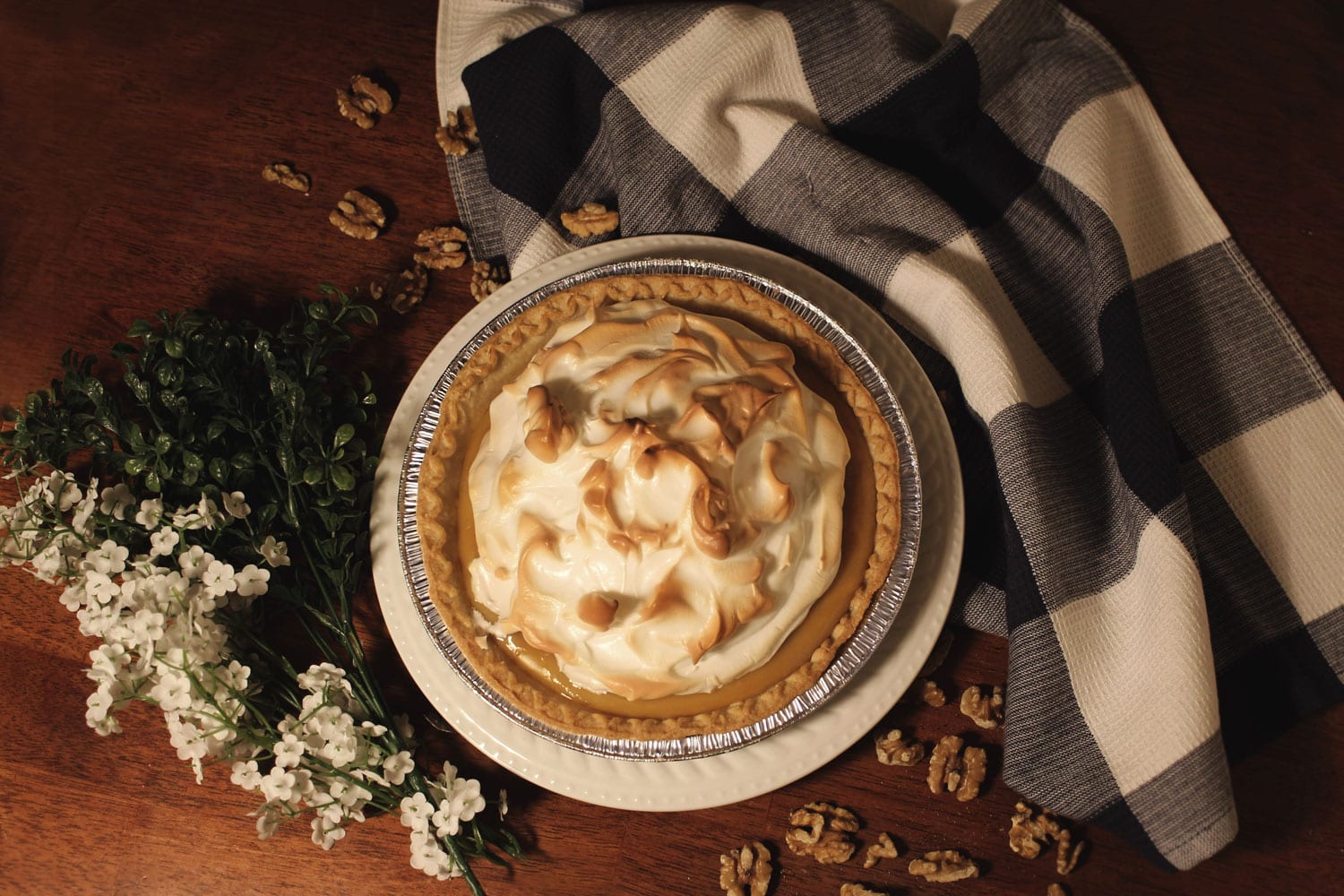
This list isn't too long for those curious about what ingredients your butterscotch pie needs. Generally, a butterscotch pie requires a rich butterscotch custard in a pre-baked pie crust topped with sweetened whipped cream and chopped roasted cashews.
Of course, that's just from one recipe we pulled from the web, so yours may have a different assortment. However, the main ingredients in the butterscotch pie are always the same.
Therefore, you will be working with butter and cream alongside the brown sugar you need to make butterscotch. What many bakers don't realize is that butterscotch only uses brown sugar.
Unlike caramel, which uses white, your butterscotch tastes from the molasses that form when you melt brown sugar. Your pie won't taste as sweet, rich, and creamy without that.
In addition, you will likely want to purchase a pre-made crust for your pie, especially if you're making the custard from scratch. We recommend a pre-baked crust as this will speed up your entire cook time.
What's The Best Way To Make A Butterscotch Pie?
Now that you know the basics, it's time to make your butterscotch pie. Although there are endless recipes for this dessert, we'll keep it simple for you here.
To begin, you'll need the following ingredients:
- Milk
- Brown sugar
- Egg yolks
- Cornstarch
- Vanilla extract
- A baked pie shell
- Sugar
- Butter
- Salt
Once you gather all your ingredients, you can start making your butterscotch dessert.
- Bake the pie shell according to the directions on the packaging. You need to do this before pouring your custard/filling inside.
- Grab a saucepan and add milk, egg yolks, brown sugar, cornstarch, and salt. Mix well.
- Cook the mixture on medium-high for around five minutes (everything should become thick, like pudding).
- Add the butter and vanilla extract to your saucepan and mix until the butter melts.
- Pour your butterscotch mixture into the pre-baked pie shell.
- Make your meringue in a separate dish and place it onto the pie using a spatula.
- Bake the pie for ten minutes in the oven at around 350 degrees Fahrenheit.
- Once your butterscotch pie is golden brown, remove it from the oven and let it cool.
So, you can see from this recipe that making a butterscotch pie won't take very long and shouldn't be too challenging. The key is creating a thick, custard-like texture for your filling and using a pre-baked shell.
Is It Better To Leave A Pie In The Oven For Longer?
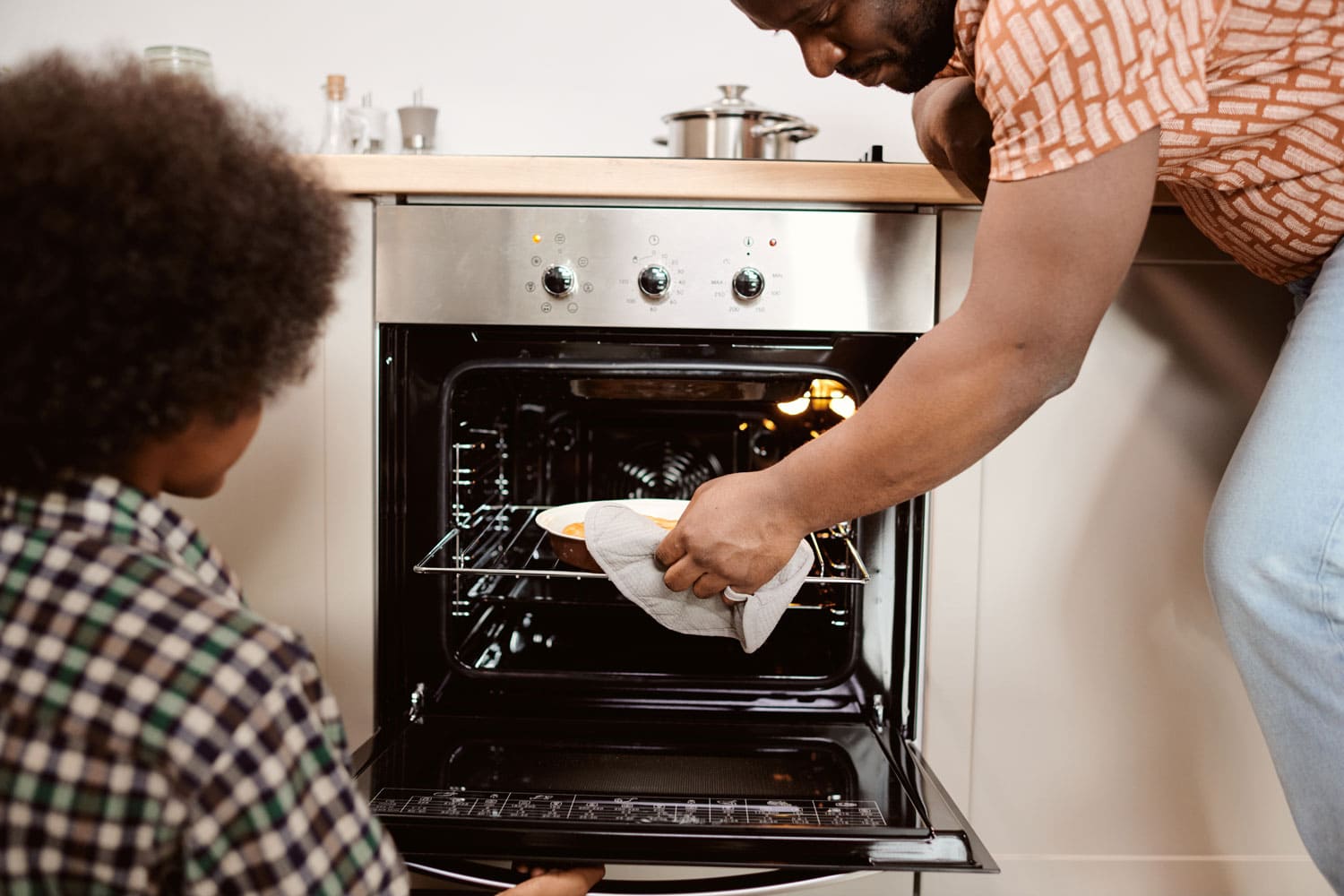
Depending on how many ingredients are in your pie, keeping it in the oven for a few extra minutes can be beneficial. As we mentioned, one of the best ways to fix a runny butterscotch pie is to place it in the oven for around ten minutes.
Since this recipe requires a thick, creamy custard filling, it's possible your dessert will need extra baking time. Therefore, don't be afraid to extend your timeline if the inside of your pie appears watery.
In addition, a butterscotch pie should take around 30 minutes to prepare from start to finish. So, the majority of your time will be spent cooking the butterscotch filling on the stovetop.
Think of the oven as the final step in making your pie. When you put your pie in, all the ingredients cook together, forming one delicious dessert.
Again, you can expect issues if your butterscotch is watery before going into the pie shell. You want your mix to have more of a creamy texture versus anything remotely "wet."
So, take extra time mixing your ingredients, and don't be shy with the cornstarch!
Is It Hard To Make A Butterscotch Pie?
Overall, it should not be too challenging to prepare a butterscotch pie. As we covered, this pie recipe calls for making a separate custard before placing it into the pre-baked shell.
That said, a butterscotch recipe can be complicated if your ingredient ratios are off or the ones you use have high moisture content. Generally, the runnier your butter or cream, the runnier your final pie will be.
This can become an issue for quality, as a wet pie won't keep its shape for long. The custard inside your pie needs to be thick and creamy to result in a yummy, well-made dessert.
Try and shift your focus on each separate part of your pie. While making the custard, ensure it is fully cooked in the saucepan, and even do a taste test if necessary.
If it's still watery, you need to cook it longer and add some cornstarch. Furthermore, an extra 5-10 minutes in the oven may be your saving grace if the texture of your pie is failing you.
What Should Butterscotch Taste Like?
Although everyone seems to have a different view of butterscotch, yours should taste like a fusion of browned butter, caramelized sugar, molasses, cream, and a pinch of salt.
Of course, that's according to professional chefs, so everyone's taste buds will be different. As we said before, you only want to use brown sugar for butterscotch-making.
As brown sugar melts, it splits off, creating molasses. That molasses gives your butterscotch its rich, creamy taste and adds extra sweetness.
Since most people confuse butterscotch and caramel, it can be easy to expect the same taste. That, however, should not happen, as butterscotch is much sweeter and richer than caramel.
Ideally, you want your butterscotch to be sweeter than anything. In your pie, the butterscotch filling should be the main focal point, with the meringue on top being more of a light garnish.
You can always add a bit of vanilla extract to your mix if sweetness is an issue.
Should Butterscotch Be Runny?
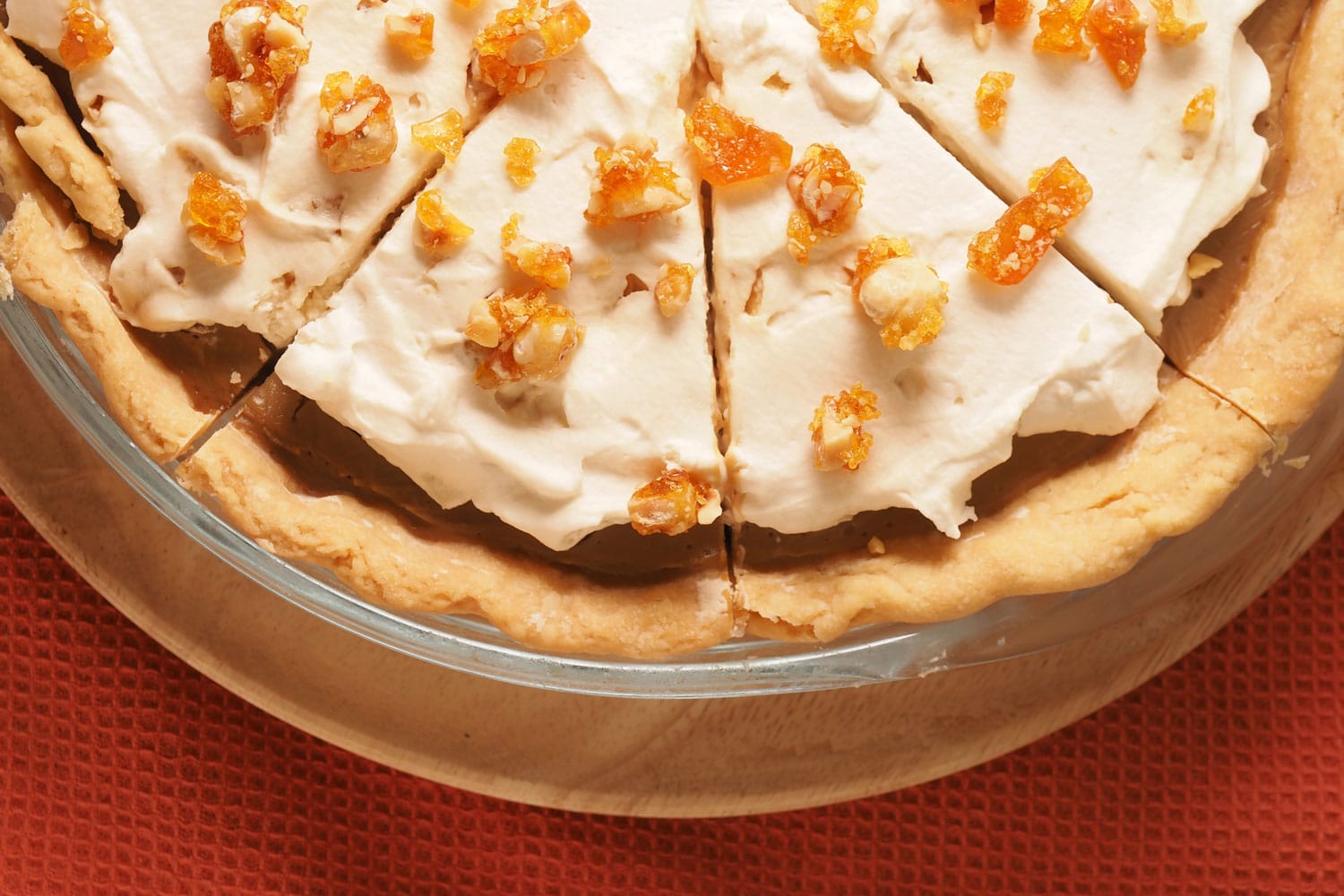
No. Your butterscotch should not ever be runny when it's done cooking. Since you're essentially melting sugar into a thick creamy sauce, butterscotch should never be thin or watery.
Remember, if this happens, your ingredients have too much moisture. Luckily, a dash of cornstarch and a few more minutes of cooking should solve the problem.
Always try and perfect your butterscotch mix before adding it to your pie!
To Wrap Up
Whether you want to bake a butterscotch pie for the first time or do this routinely, a runny texture should never be the case. We found that when a butterscotch pie is runny, this is because of the butter or if you use low-fat cream.
Your pie needs more baking time in the oven if it's still watery after cooking (around ten minutes). Also, you can add cornstarch during the pre-baking phase while your mixture is on the stove.
While we have you, check out these helpful related kitchen posts below!
Does Butterscotch Have Dairy? [With Ways To Make It Vegan]
Can You Bake Two Cakes At The Same Time? [Inc. Pies And Cheesecake]
Do You Refrigerate Butterscotch Pie?

![Salted caramel pieces and sea salt. Golden Butterscotch toffee caramels, Does Butterscotch Have Dairy? [With Ways To Make It Vegan]](https://kitchenseer.com/wp-content/uploads/2022/12/Salted-caramel-pieces-and-sea-salt.-Golden-Butterscotch-toffee-caramels-250x250.jpg)
